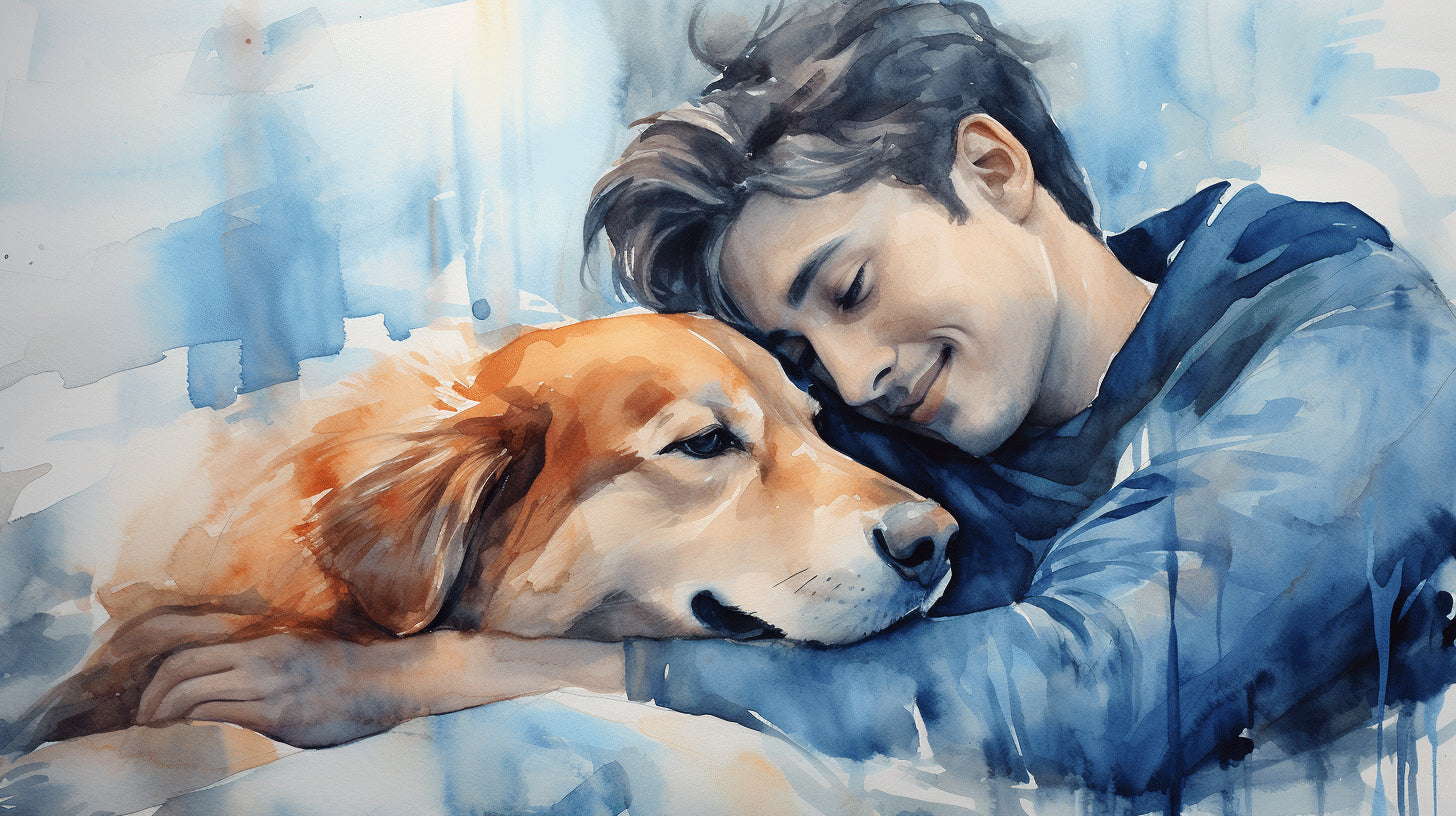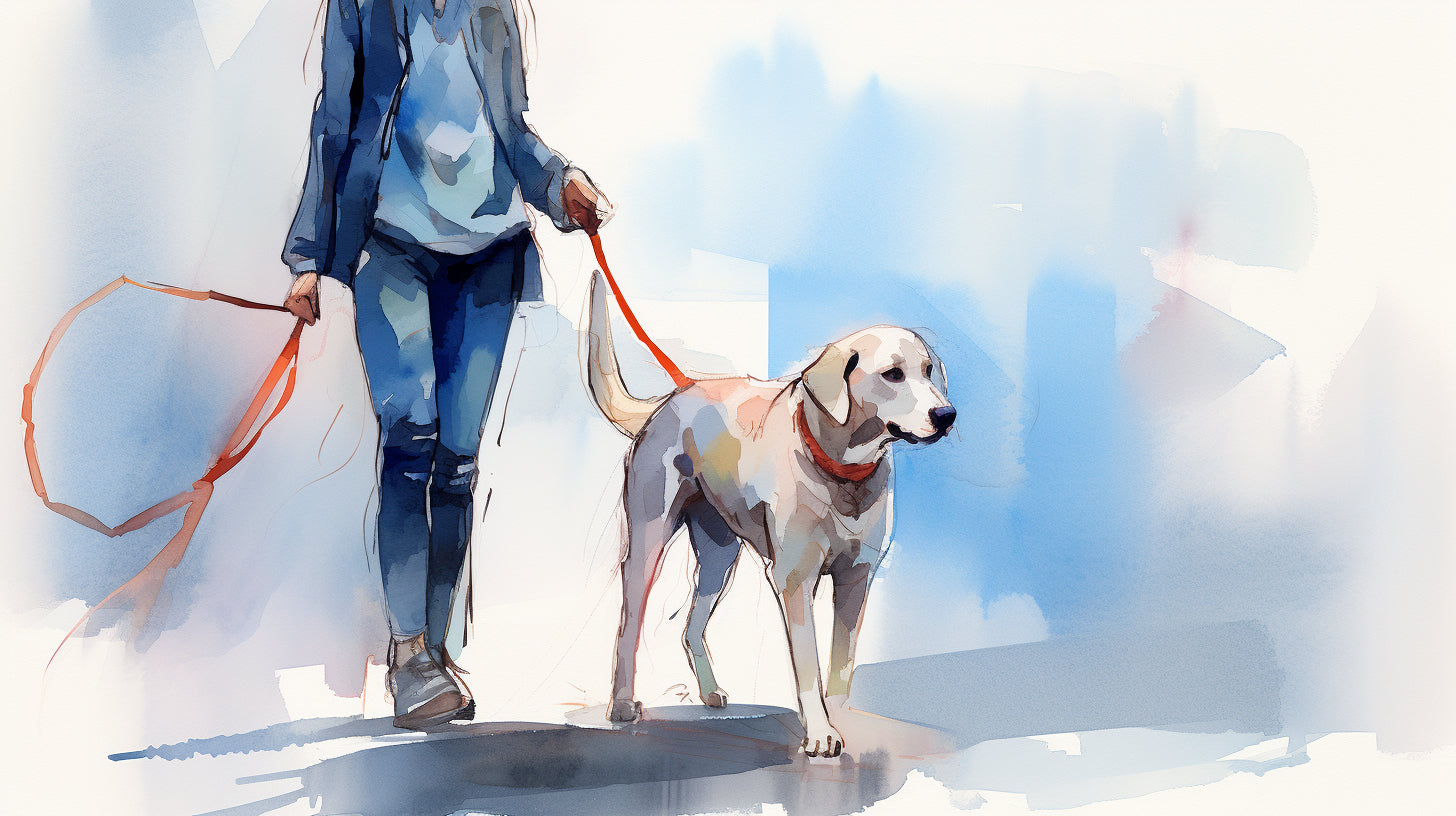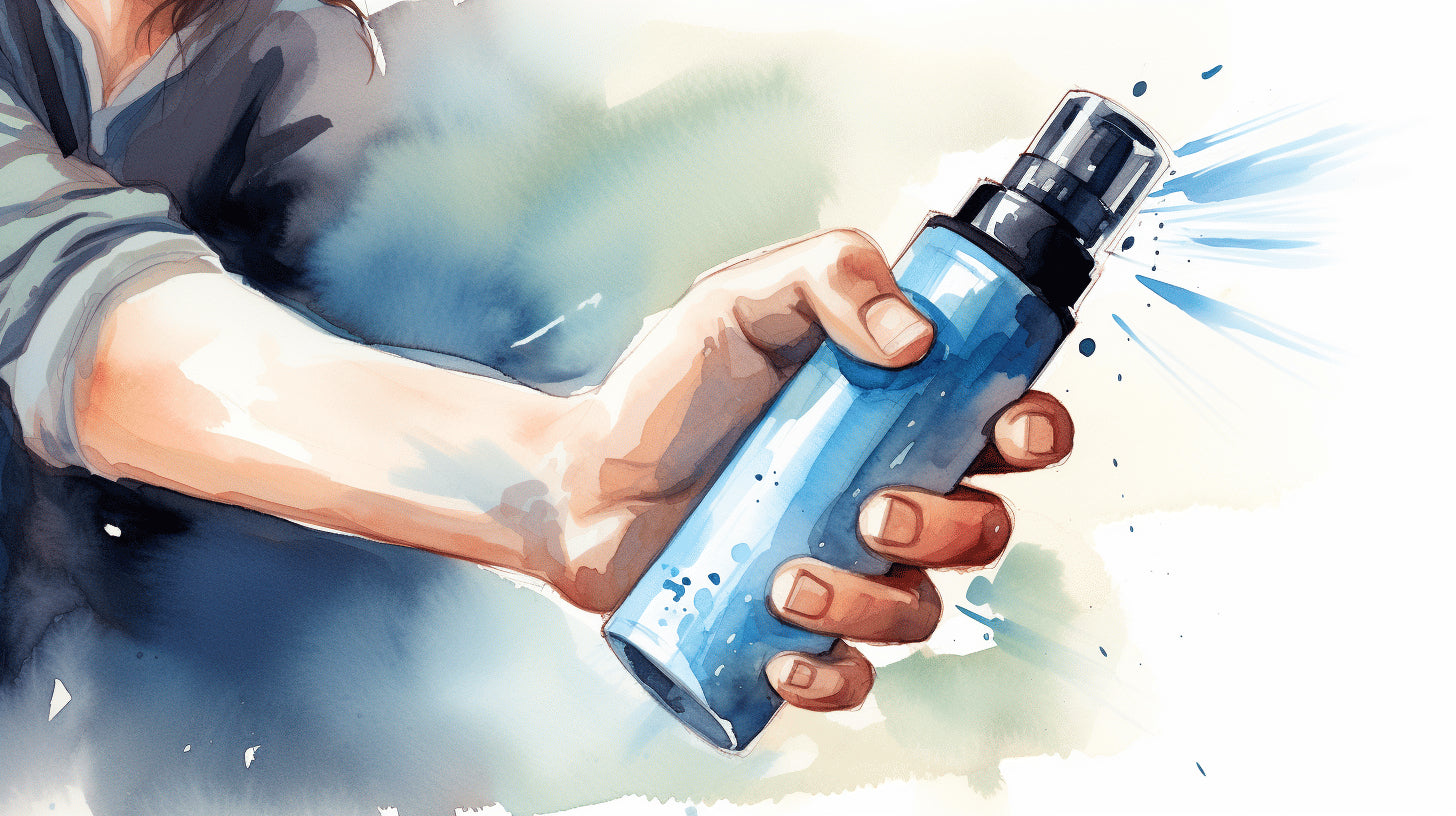The bond between humans and pets is timeless and transcendent, often regarded as an integral part of many households around the globe. Over the years, the dynamic lives of pets have grown to be just as intricate and fulfilling as the lives of their human companions. This growing connection has expedited the elevated need for pet safety awareness. It's no longer sufficient to provide our furry friends with food and a warm place to sleep; pet safety has transformed into a complex landscape involving careful planning, constant vigilance, and a thorough understanding of potential risks and dangers. This article aims to delve into the heart of pet ownership, highlighting essential safety tips, understanding potential risks, and shedding light on the economic impact of this intrinsic bond.
The Overall Landscape of Pet Ownership
Life with Pets: More than Just Furry Companions
As the saying goes, a dog is a man's best friend. But hey, let's not forget about our feline friends who've captured our hearts with their purrs and funny antics. In fact, the landscape of pet ownership in the U.S stretches beyond canines and includes an impressive count of approximately 74.1 million pet cats. And alongside these feline companions, around 70 million pet dogs round up the demographic, marking a significant part of the country's households.
More than A Hobby, It’s a Lifestyle
Undeniably, pet ownership has woven itself into the very fabric of American life. Over the years, about 85 million homes in the U.S. have opened their doors and hearts to accommodate these furry companions. From a distant perspective, it is quite a leap, with pet ownership skyrocketing from 56% to 68% in the past 30 years. Living with pets has become more than a hobby—it’s a lifestyle, captivating millions across the nation with its unique blend of affection, joy, and sometimes even a bit of chaos.
The Reality of Pet Ownership
While owning a pet brings irreplaceable joys, they also come with responsibilities that demand time, resources, and extra care. It's not all fun and games in the park or cozy snuggles on the couch. Statistically, about 1-in-3 pets require emergency veterinary care each year in the U.S. It rings a bell reminding us that these cute companions need our attention and care just as much as they give us affection.
Endearing Bonds Worth the Challenges
Granting the challenges, the bond between humans and pets stands as a timeless testament of companionship and mutual affection. It’s an endearing relationship that continues to grow, stand test of time and bring immense joy into our lives. The landscape of pet ownership is an ever-evolving tableau of love, connection, and resilience, reminding us of the special place these furry friends will always have in our hearts.
The life with pets is a journey filled with a great deal of love, laughter and learning. It's a lifelong commitment to care, nurture and embrace the joys of being a pet parent. And, undoubtedly, it's an exciting tale to be part of. After all, for millions of us, home wouldn’t feel like home without our beloved pets.
Risks and Dangers to Pets
Pets are undeniably a source of joy and companionship to millions of households worldwide. However, like all living beings, they are exposed to certain risks and dangers that we may sometimes overlook. Understanding these hazards is the first step towards protecting our four-legged family members from harm.
Dangers in Travel
Traveling with pets may seem like a fun adventure, yet it poses significant risks. A staggering report reveals that over 250 animals have died during or immediately after airplane travel between 2010 and 2020. These accidents happen due to turbulence, improper handling, or a variety of other reasons related to flight stress. To mitigate these risks, consider opting for a reputable pet relocation service or consult your vet about safety measures during air travel.
Fact: Over 250 animals have died during or immediately after airplane travel between 2010 and 2020.
Dog Biting Incidents
Dog biting is another alarming risk to consider. Every year in the United States, more than 4.5 million people are bitten by dogs. All dog breeds and sizes can bite under certain conditions. It's crucial for pet owners to properly train their dogs, supervise interactions with strangers, and understand their dog's behavioral signals to prevent such incidents.
Fact: More than 4.5 million people are bitten by dogs each year in the United States.
Incidents in Residential Fires
In the face of a residential fire, pets are particularly vulnerable. More than 500,000 pets are affected in residential fires each year. Ensure to include your pets in your emergency escape plans and equip your home with fire safety devices like smoke detectors and fire extinguishers.
Fact: More than 500,000 pets are affected in residential fires each year.
Lost and Unreturned Pets
It's heartbreaking to think about, but only 14% of lost pets are safely returned home. Microchipping and regularly updating your pet's tags increase the chances of reunion significantly. Organizing a search party as soon as your pet goes missing can also help in its safe return.
Fact: Only 14% of lost pets are safely returned home.
Knowledge about these risks is power. Knowing what dangers lurk can better equip pet owners to protect their beloved pets from these adversities.
Preventive Measures and Safety Tips
In the throes of our busy lives, our pets often become valued members of our families. They offer companionship, fun, and unconditional love. Safety becomes paramount in ensuring that these cherished companions live long, happy lives in our company. The good news? Preventive measures can go a long way in providing a safe environment for them. In this informative section, we'll explore useful safety tips and preventive strategies to enhance your pet's wellbeing, covering topics from emergency preparedness to identification practices.
Emergency Pet Safety Tips
A good pet parent plans for the unexpected. Pets must be included in your emergency plan, assuring they are safe if the need to evacuate abruptly arises. They should be ready to travel and be taken care of in these unsettling scenarios. Ascertaining a reliable pet caretaker is another essential step. Consider assembling a pet emergency kit stocked with necessary supplies, should an urgent situation occur. These precautionary steps allow for prompt responses, reducing stress in emergencies significantly.
Tips for Winter Safety
Winter poses unique challenges for our fur-babies. To protect them during frigid temperatures, here are some valuable tips. Limit their time outdoors as frosty weather might harm them. Regularly check their paws for any salt or ice melt used to defrost pavements, as these substances might elicit discomfort or provoke harmful reactions. Lastly, always provide your pets with additional food and water during winter. The cold weather requires them to burn more energy to stay warm, subsequently increasing their nutritional needs.
Tips for Summer Safety
In contrast, the sunny summer season beckons different precautions. As the weather reaches high temperatures, ensure that your pets remain protected from sun-induced risks. Keeping them up-to-date with vaccinations is essential. Prevent fleas, ticks, and heartworm infestations by regularly administering necessary treatments and medications. Another consideration for summer safety is getting pet insurance. It grants assurance that your beloved companions can receive the best treatment should unexpected health issues arise.
Holiday Safety Precautions
The holiday season is teeming with cheerful decorations that might captivate your pets' curiosity—unfortunately, often leading to accidents. To avoid holiday mishaps, supervise your pets around decorations. Protect them from ornaments, ribbons, candles, and any other adornments that may pose potential choking hazards or fire risks.
Tips for Identification
Finally, the identification of your pet is critical to their safety. Always maintain current pictures of your pets in your arsenal. This practice allows for easier identification and swift recovery if they were to go astray. It provides peace of mind knowing that, in the unfortunate event they're lost, there's a better chance of them finding their way back home.
Pet safety is a vital aspect of pet parenthood, one that deserves as much care and attention as any other facet of our pet's lives. By heeding these tips and adopting these preventive measures, we can assist in providing a safer, more secure, and ultimately, a happier environment for our much-loved companions.
Economic Impact of Pet Ownership
When considering the economic factors that shape our world, pet ownership may not be the first thing that comes to mind. Yet, the impact of our furry friends is not to be underrated. Tending to the needs of pets significantly fuels the economy, contributing to an enormous stream of revenues every year. Astonishingly, Americans alone spend more than $50 billion per year on pets. This expenditure primarily aligns with food and healthcare costs, showing the dedication of pet owners towards their companions' well-being.
Pet ownership has experienced significant growth over recent years. By the end of 2022, the total number of pets insured in the U.S. reached 4.8 million. This signals a whopping 22 percent increase since 2021, reflecting a trend that is likely to continue. This surge in pet ownership has invariably boosted areas like pet insurance, veterinary care, grooming services, pet food, and toy industries.
Indeed, the scope of this economic footprint extends beyond immediate pet care. Let's break it down:
Health Sector:
The health and joy pets bring to their owners come with a set of responsibilities, key among them being healthcare management. As these costs can often be high, many pet owners resort to pet insurance as a safety net. This sector has seen a remarkable rise, with an increase in insured pets directly impacting the economy.
Pet Food Industry:
Feeding animals isn't just about a bag of kibble anymore. Premium, tailor-made food options that cater to different breeds, sizes, and dietary needs have found a robust market. The money that pet owners pour into these sophisticated food choices adds to the substantial revenue generated by the pet food industry.
Pet Services & Businesses:
The pampering of pets doesn’t stop at optimal nutrition and healthcare. Grooming services, daycare centers, pet-friendly travel and accommodation, and even pet entertainment and toys are all booming sectors. Add the emerging market of pet tech to the fold - from smart collars to pet surveillance cameras, demanding pet parents are willing to spend big on their companions.
In essence, pet ownership influences a range of industry sectors, stimulating continuous economic activity. As people continue to open their hearts and homes to pets, industries that cater to their needs must evolve and expand to meet the rise in demand. While at first glance, the economic impact of pet ownership may seem marginal, in reality, it's quite substantial, forming an industry that remarkably contributes to the US economy.
Conclusion
Ensuring pet safety isn’t just about caring; it revolves around empowerment and vigilance. With a thoughtful approach, we can create an environment where our pets not only survive, but thrive. Remember, our pets depend on us to safeguard them from potential dangers, and such dedication can be rewarding and fulfilling.
In an era where pet ownership has shown significant growth, it's clear that our furry friends have become integral household members. As with any other family member, we strive to provide them with the best possible care and secure environment. By understanding the risks, implementing safety measures, and arming ourselves with the right tools, we can keep these dangers at bay.
To help pet owners on this journey, Empowered by Ashley offers a range of innovative solutions that not only focus on pet safety but also contribute to overall pet well-being. These solutions, rigorously tested for quality and efficacy, are part of the brand’s commitment to make a meaningful difference in the life of our most cherished companions.
Ultimately, how well we protect our pets from dangers reflects our love for them. So, don't wait! Act now and contribute to the wave of change that is leading towards safer environments and happier pets. Browse through the collection at Empowered by Ashley and take the first step to pet safety and empowerment today.
Frequently Asked Questions
-
What are some essential tips for pet safety?
Some essential tips for pet safety include: 1. Keep your pet on a leash or in a secure area when outside, 2. Store medications and household chemicals out of reach, 3. Provide proper identification tags and microchip your pet, 4. Regularly groom and check for any signs of illness or injury, and 5. Keep harmful household plants and foods away from your pet.
-
How often should I take my pet to the veterinarian?
Pets should visit a veterinarian at least once a year for a routine check-up and vaccinations. However, the frequency may vary based on the age, breed, and specific health conditions of your pet. Consult your veterinarian to determine the appropriate schedule for your pet.
-
What should I do if my pet goes missing?
If your pet goes missing, take immediate action by searching your neighborhood, contacting local animal shelters, and posting lost pet flyers in the community. Additionally, utilize online platforms and social media to spread the word about your missing pet. It's important to act quickly and provide a detailed description and recent photo of your pet.
-
Is it necessary to train my pet?
Yes, training your pet is necessary to ensure their safety, overall well-being, and to establish a strong bond with them. Basic obedience training helps in controlling their behavior, prevents accidents, and enhances communication between you and your pet.
-
What are some common household items that can pose a danger to pets?
Some common household items that can pose a danger to pets include cleaning products, human medications, certain foods (such as chocolate, onions, and grapes), small objects that can be swallowed, and toxic plants. It's important to store these items properly and keep them out of reach of your pets.

















Leave a comment
This site is protected by hCaptcha and the hCaptcha Privacy Policy and Terms of Service apply.